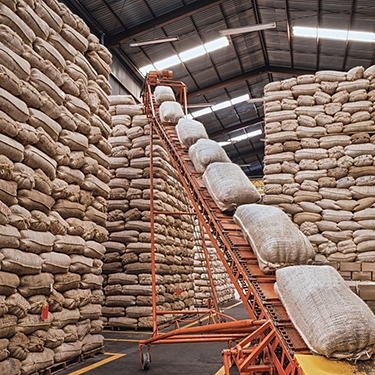Infrastructure investment due diligence

On behalf of a Canadian oilseed processer WPI's team provided market analysis, econometric modeling and financial due diligence in support of a $24 million-dollar investment in a Ukrainian crush plant. Consistent with WPI's findings, local production to supply the plant and the facility's output have expanded exponentially since the investment. WPI has conducted parallel work on behalf of U.S., South American and European clients, both private and public, in the agri-food space.

 Everyone knows the volume traded this week will be lower, but there is no break in the directional adjustments. The corn market still had to continue its march higher, worries about wheat supplies moving out of Ukraine and even volume was not totally lower with soymeal and lean hog trading keep...
Everyone knows the volume traded this week will be lower, but there is no break in the directional adjustments. The corn market still had to continue its march higher, worries about wheat supplies moving out of Ukraine and even volume was not totally lower with soymeal and lean hog trading keep...
 USDA released its quarterly Hogs and Pigs report today. The inventory of all hogs and pigs on 1 December was 75.5 million head, up 1 percent from December 2024, and up slightly from 1 September 2025. Breeding inventory, at 5.95 million head, was down 1 percent from last year and up sligh...
USDA released its quarterly Hogs and Pigs report today. The inventory of all hogs and pigs on 1 December was 75.5 million head, up 1 percent from December 2024, and up slightly from 1 September 2025. Breeding inventory, at 5.95 million head, was down 1 percent from last year and up sligh...
 Regional News Russia’s latest attacks on Ukraine’s Odesa Black Sea port infrastructure on 23 December reportedly damaged a vessel carrying Ukrainian soybeans. The EU Commission raised its forecast of EU common wheat production to 134.4 MMT for 2025/26 and bumped th...
Regional News Russia’s latest attacks on Ukraine’s Odesa Black Sea port infrastructure on 23 December reportedly damaged a vessel carrying Ukrainian soybeans. The EU Commission raised its forecast of EU common wheat production to 134.4 MMT for 2025/26 and bumped th...